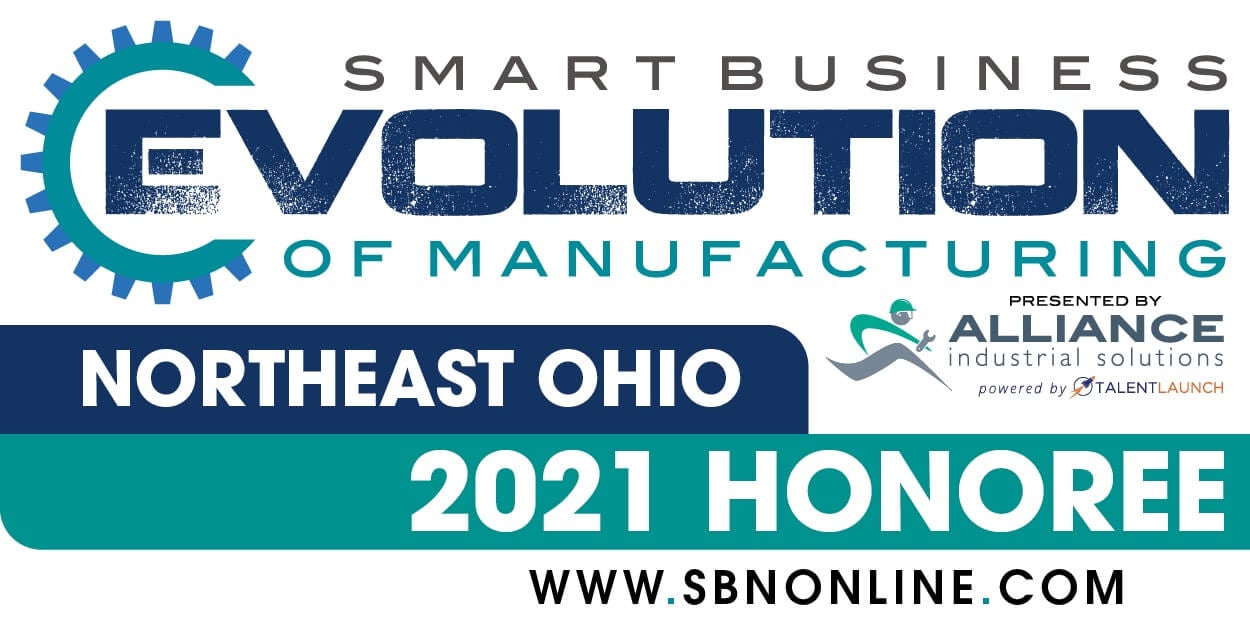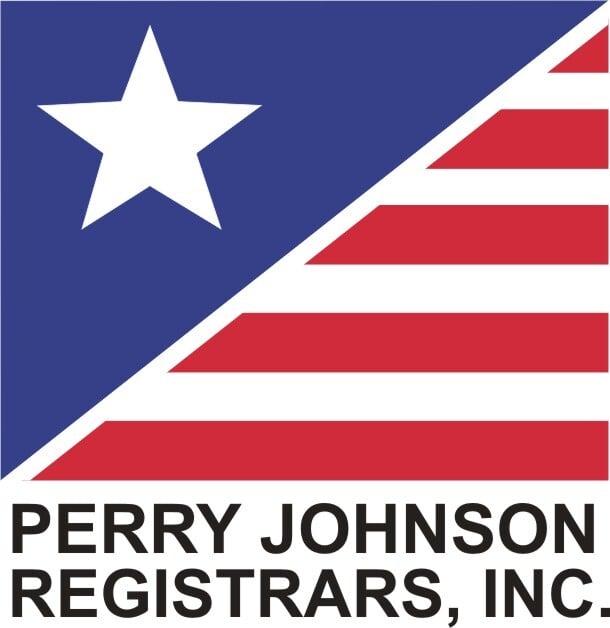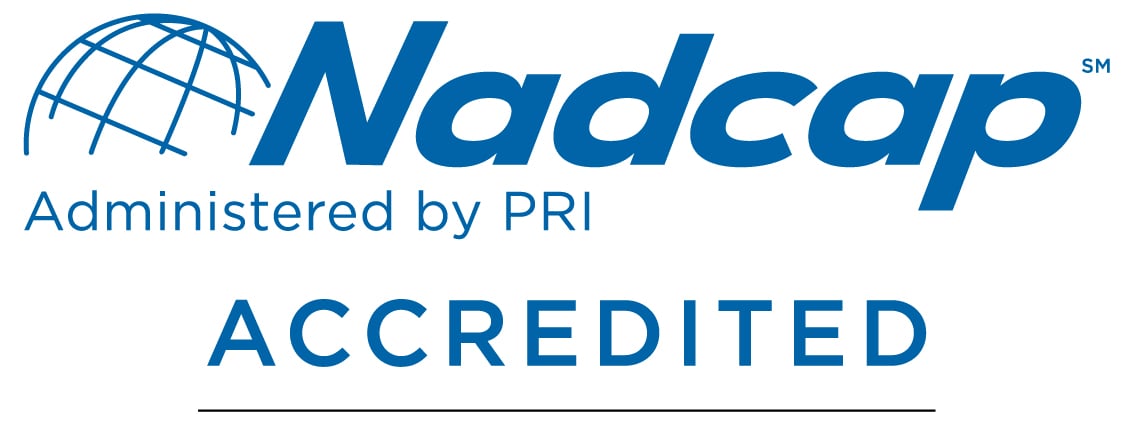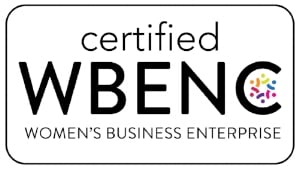.jpg?width=300&height=200&name=Carbon-DLS-Printer%20(1).jpg) Additive manufacturing is a technique that creates physical objects from digital models. While traditional machining methods fabricate parts by cutting away at material, additive manufacturing builds parts up layer by layer. Although additive manufacturing has been around since the 1980s, there has been growing interest in recent years due to many new advancements in the processes and materials used. In fact, the whole industry has evolved and the end product of many additive manufacturing processes has been refined.
Additive manufacturing is a technique that creates physical objects from digital models. While traditional machining methods fabricate parts by cutting away at material, additive manufacturing builds parts up layer by layer. Although additive manufacturing has been around since the 1980s, there has been growing interest in recent years due to many new advancements in the processes and materials used. In fact, the whole industry has evolved and the end product of many additive manufacturing processes has been refined.
Owing to this continuous improvement, companies can now gain high-quality prototypes that come closer to production pieces. For example, medical companies are exploring patient-customized implants that are fabricated through additive manufacturing.
With the ongoing innovation in the industry, it can be challenging to stay informed about the various processes and determine which is the best option for your needs. We’ve compiled the following list to give you an overview of seven of the leading types of additive manufacturing processes so you can make a more informed decision.
Significant advancements have been made in these seven processes:
- Stereolithography (SLA) Prototyping
- Carbon Digital Light Synthesis (DLS) Printing
- HP Multijet Fusion
- Nanodimension Fabrica 2.0
- Fused Deposit Modeling (FDM)
- Selective Laser Sintering (SLS)
- Direct Metal Laser Sintering (DMLS)
1. Stereolithography (SLA) Prototyping
Stereolithography, or SLA, is a 3D-printing process that is used to create cosmetic prototypes, concept models, and complex parts with intricate geometries quickly—often as fast as one day. It produces very high feature resolutions and quality surface finishes. It also supports the production of a wide selection of materials that simulate the properties of actual plastics, including water clear, ABS-like, PP-like, PC-like, and high heat.
Any industry can benefit from SLA. It’s especially common in the dental, consumer products, and aerospace industries for one-time part use. It is one of the most popular processes for initial prototypes because it’s ideal for design review and fit and function testing. Also, SLA is favored for show models due to its good surface quality, which allows it to be more easily sanded and painted compared to other methods. It is primarily used for parts requiring high accuracy and features as small as 0.002 inches, cosmetic prototypes, and form and fit testing. One recent use was for novel surgical navigation technology.
2. Carbon Digital Light Synthesis (DLS) Printing
Carbon DLS is a photochemical process that uses both light and oxygen to build parts. The breakthrough 3D-printing process uses oxygen-permeable optics, digital light projection, and engineering-grade materials to produce polymeric parts with excellent resolution, mechanical properties, and surface finish.
Carbon DLS is ideal for industries that require large parts but is also used in many consumer goods, such as Adidas shoe soles. Industries that regularly employ the process include aerospace, medical, and automotive. For example, NASA Johnson Space Center employed the process to create four components used to control and fly the Seeker Robot in space. Also, Vitamix redesigned an innovative new nozzle that is 10 times more durable and 30% more economic than its previous nozzle.
3. HP Multi Jet Fusion (MJF)
MJF is a new powder-based 3D-printing process that is the evolution of SLS. It was created by HP for scaling industrial printing volumes from prototype to production. MJF combines many of the current 3D-printing technologies of PolyJet, Binder Jetting, and SLS to create strong prototype and production parts quickly. It builds without supports, which allows parts to be nested within the powder build chamber. Builds are more efficient due to increased capacity, less material consumption, and less labor-intensive support removal.
The process offers many uses, such as replacement parts, snap fits and living hinges, and air-tight and leakproof parts. Industrial customers like this process for creating machinery. It provides multiple uses in the medical field, such as for building prosthetics. Another major industry is dental, particularly for mass customization projects.
4. Nanodimension Fabrica 2.0
In technology, everything is getting smaller—from batteries to semiconductor chips. The same is true for all industries. And they need access to processes that can produce much tinier versions of prototypes and parts than ever before. Enter Nanodimension Fabrica 2.0. The Fabrica 2.0 is a micro DLP machine that prints at a resolution of 1.9 microns compared to 75 microns for a traditional DLP printer. Traditional DLP technologies’ print layer thicknesses are between 80 and 100 microns. The Fabrica 2.0 micro DLP machine used by The Technology House (TTH) prints at 5 microns (default) or down to 1 micron.
The Fabrica 2.0 process has a variety of uses, with the biggest driver currently being the medical device field—especially for prototyping of microfluidics, microarrays for needles, and similar parts. The machine can create tiny parts with channels and holes less than half a millimeter wide that couldn't have been created using other methods. The defense, micro-connector, and electronics industries are also big users of the process.
5. Fused Deposition Modeling (FDM)
FDM is the most widely used 3D printing process. It works by extruding material layer by layer to build a product and/or prototype. It also supports the ability to run real engineered plastics. Some of the primary advantages of FDM include its affordability (it’s cheaper than other methods such as HP MJF and Carbon DLS), the fact that the process can reuse production parts, and its ability to produce parts in actual plastic.
The process supports many use cases, especially for prototyping and low-volume production in the industrial, aerospace and medical sectors. In medical, the speed for low-volume production is exceptionally high, particularly for organizations that create parts for MRIs. Other industries also benefit from the ability to use engineering-grade materials and more functional models, as well as the ability to do tooling and fixturing in the production line.
6. Selective Laser Sintering (SLS)
Selective Laser Sintering, or SLS, has been one of the most used processes to create production printed components for the past 20 years. SLS is a 3D-printing process that involves creating 3D objects with a laser and plastic powders. The parts primarily use nylon materials, like PA11, PA12, and glass-filled nylon materials. SLS works by creating a 3D model of a component from a 3D CAD file using a high-powered laser to sinter, or cure, tiny particles of powder (typically nylon) together layer by layer.
Owing to the high cost of lasers and powdered materials, SLS printers are primarily used in industrial companies and service bureaus that need tough and durable parts. Many industrial companies use the process to build rugged parts out of engineer-grade, thermoplastic materials like nylon PA, glass-filled nylon, or flame-retardant nylon. For example, the aerospace industry uses SLS for under-the-hood brackets.
7. Direct Metal Laser Sintering (DMLS)
Recent advancements in DMLS have made it easier to print parts in metal, and in just a few days if needed. Many other additive manufacturing processes produce parts only in plastic or rubber. DMLS can build metal parts by sintering various metal and alloy powder particles together layer by layer, including steel, titanium, nickel alloy, aluminum, and cobalt chrome. The process results in prototypes and production parts that have high detail resolution and excellent surface quality.
DMLS is ideal for small-to-medium-sized parts that require highly precise and complex geometries, as well as making direct tooling inserts. Industries that especially appreciate the capabilities of DMLS are the medical field, defense, automotive, and aerospace. For example, the medical industry is employing the technique to create hip replacement devices.
It's an exciting time to be in an industry that is continually refining its processes for even better end products. This overview of the six leading types of additive manufacturing processes should give you a good baseline for further exploring the ideal process for your specific needs.
Request a quote to explore TTH’s additive manufacturing capabilities and discuss which process is ideal for you.








.jpg)

.png)

.png)

